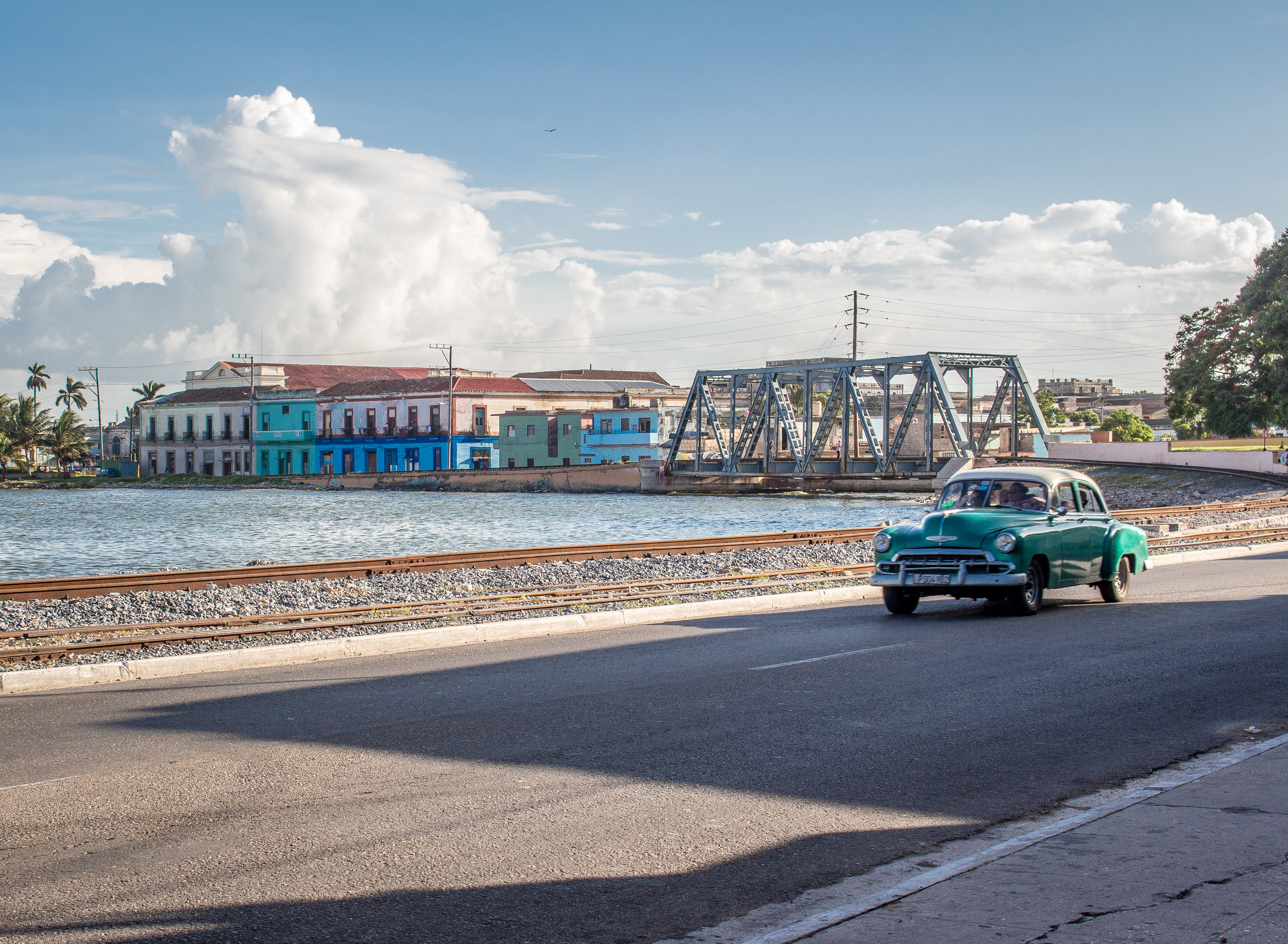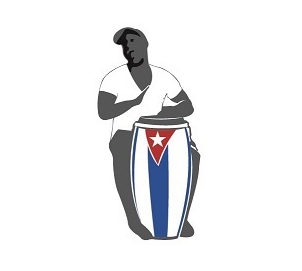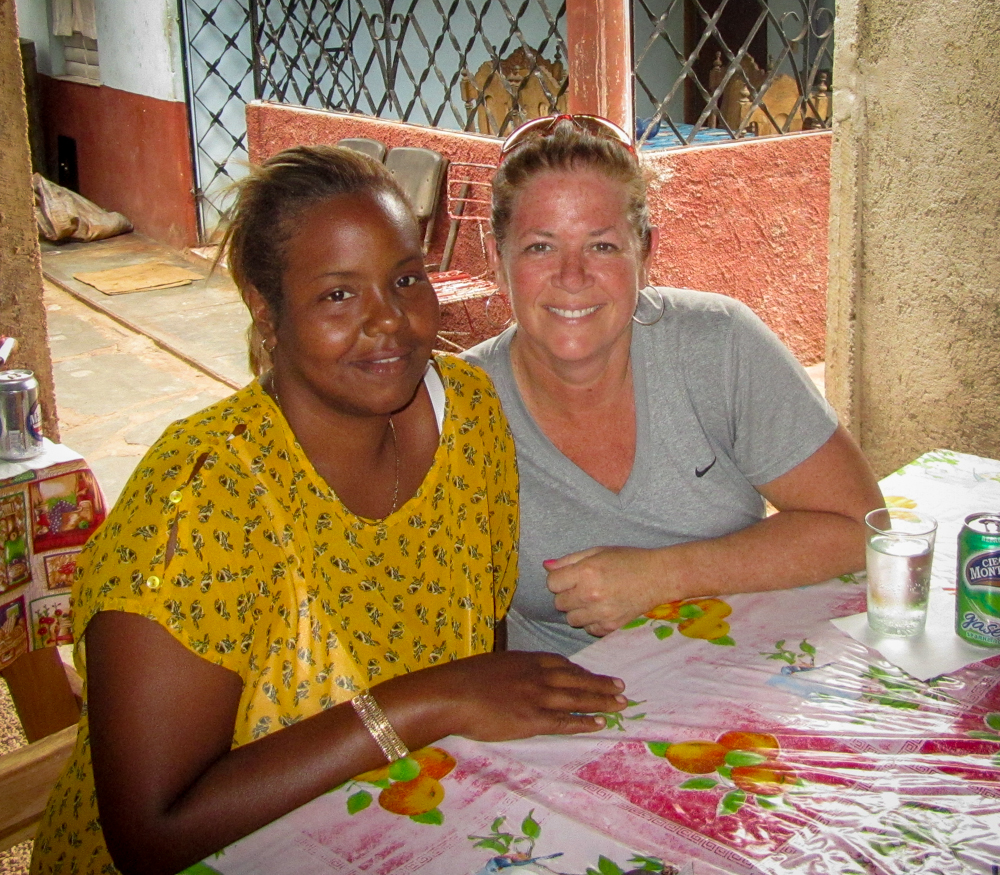
El Museo Memorial del Morrillo: From Spanish Stronghold to the Frontline of Freedom
It’s like the little brother to Castillo de San Severino.
That’s what the tour guide said in her introduction to this little fort, now simply referred to as ‘El Morrillo’ by the locals.
Originally named Batería de San Felipe del Morrillo, after King Philip V who ruled Spain between 1700 and 1724, this former fort and artillery battery is now an archaeological and historical museum. It’s strategically located on the southeast shore of the Bay of Matanzas at the mouth of the Canimar River, in a neighbourhood also referred to as San Felipe.
El Morrillo was first constructed in the mid-1700’s, starting with a watchtower around 1720, followed by the main building after 1760. It was an integral part of what’s called the ‘defensive belt’ of Matanzas. This ‘belt’ was comprised of four fortifications, including Castillo de San Severino and two others which don’t exist now, built to protect the Bay and the settlement against pirates and hostile invaders. Time, battle and the forces of nature took their toll on the original structure, and by 1807 it required almost a complete overhaul which involved the removal of the original watch-tower and a renovation into its present configuration. It was used as a naval station after the Cuban War of Independence in 1902, up until it was abandoned in 1934.
The most notable event took place here in 1935, when the fort was the site of a historic battle between Cuban soldiers and young revolutionary forces, resulting in the assassinations of two of Cuba’s most resolute freedom-fighters -- Antonio Guiteras Holmes (1906-1935) and Carlos Aponte (1901-1935).
Guiteras, of Cuban-American descent, planned and spearheaded the movement aimed at fighting against tyranny and the pro-imperialist regime in Cuba. Carlos Aponte, a Venezuelan, was recruited to be a member of this group of would-be insurgents lead by Guiteras. The plan was to leave Cuba by boat from the fort under the cover of darkness, and head to Mexico to prepare for the struggle against the government, returning later with soldiers trained, armed and ready for battle.
The boat was delayed, leaving time for the Cuban military to be alerted to the plan and to surround and attack them. The skirmish took place at a nearby hill on the ravine, and both Guiteras and Aponte were shot and killed. Now considered martyrs, a monument has been erected on that exact spot, and their remains are entombed at the fort itself. The old canoe which was used to transport their remains is on display there as well. The museum was declared a national monument in 1979.
I’ve been to el Morrillo twice, and I remember wishing that the state of the exhibits themselves – the lighting and the layout in particular – were a little more conducive to the importance of the artifacts and the stories behind them. The ongoing challenge with Cuba’s museums, especially those outside of major tourist centres, is the shortage of resources required to keep up with the ongoing restoration and conservation of their properties and collections. However, slow-but-steady improvements have continued over the last few years, and I’ve learned that there are more significant efforts being carried out now, in preparation for a return to tourism once the country opens to foreigners again.
Regardless, the best part of the tour on both occasions were the ladies who worked at the site. Acting as guides, they were clearly proud of their heritage, committed to their work and completely engaged in telling the story behind this piece of Cuba’s revolutionary past. As usual, it’s the human element that has the power to either make or break an experience.
It’s easily accessed just off the highway between Matanzas and Varadero, at the end of a street just off the west side of the Canimar Bridge. There is a fantastic view of the Bay from the rocky coastline where it sits, and there’s a tiny beach adjacent to the fort which is perpetually deserted. It’s not Varadero Beach - the water looks a little rocky - but it’s a sweet and quiet spot for a picnic after your tour.
El Morrillo may not be as popular a tourist site as Castillo de San Severino (I couldn’t even find it on Trip Advisor), but with its significant historical value it definitely warrants a visit.
Loving Cuba is a Love/Hate Thing
I received a message from a friend recently and it got me thinking…sometimes it’s just so difficult to balance the feelings of helplessness and utter disdain I have for the s**t my Cuban friends are forced to live with (food shortages, decaying infrastructure, economic hardship) and the fierce love that I have for the country and all of the positive things that exist there (an exceptional arts & culture scene, spectacular natural beauty and the intestinal fortitude of the people themselves, to name only a very, VERY few).
Daymi and I in Manguito, March 2015
My amigo texted me, not from Cuba but from Chile, to inform me that he’d left the island (legally…I think) to go work in South America for a while, to make some money so that he can support his four children back in Cuba. He doesn’t know when he’ll be able to return, but it’s what he needs to do in order to put food on the table. I’m sappy, so I cried when I imagined him separated from his family for an indefinite period of time. But for him, this is what the locals refer to as ‘la lucha’ (the struggle). It’s not something you cry about -- it’s just something do.
Thankfully, for every story like this, there’s another that shines a light and brings perspective. When I first met my amiga Daymi in 2015, she was living in the small farm town of Manguito where there is almost zero to do and even fewer job opportunities. Not surprisingly, life in rural Cuba is much more difficult than in the city, and she was struggling to support herself and her son. But her desire to achieve something meaningful and to move forward in life propelled her to a much better situation. Today she’s a formally-trained and certified tour guide living near Varadero, she speaks three different languages (I believe she’s working on her fourth), and she’s happier and more vibrant than ever. Considering where she began, she’s a bit of a superstar in my books.
And then, of course, there are times when being in Cuba leads to overwhelming joy – the kind that makes you feel like your heart will explode out of your chest. I was lucky enough to be in Matanzas for the 4th International Dance Festival “Miguel Failde in Memoriam”. I’m accustomed to free concerts in the streets of Matanzas, they happen all the time -- it’s one of the best things about the city. But this was unlike anything I’d seen there before. An entire plaza filled with 1000+ people (not sure of the exact number but I know it was a LOT), all ages, and every single one of them was either dancing or moving their body in some way. It wasn’t just people and music that filled the plaza that night – there was an incredible celebratory energy and a sense of community, two trademark characteristics of every Cuban festival.
If you travel with eyes wide open here (which you absolutely should), it’s sometimes impossible to avoid getting frustrated and downright p***ed at the state of things. But if you know and love Cuba, you also accept that it’s a love/hate thing, and you know that the unwavering Cuban spirit has a way of bringing everything back into check…big time.







